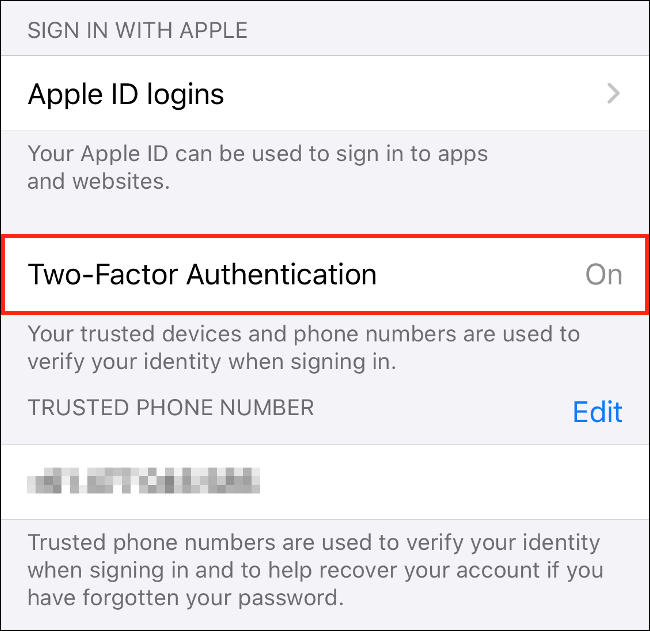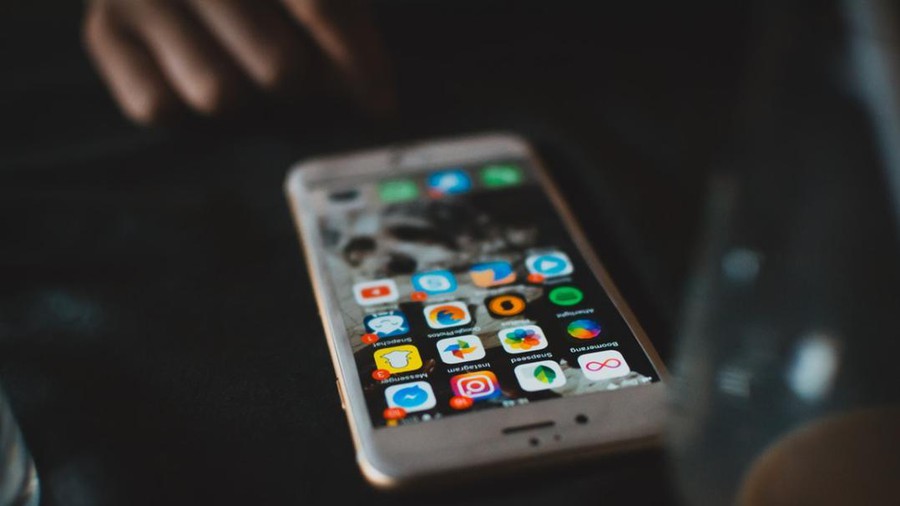Can your iPhone be hacked or not?
For a long time, the iPhone has been known as a strong security device thanks to the closedness of the software and hardware ecosystem. However, no device is perfect when it comes to security.
Hack is a generic term and is often used incorrectly. Traditionally, it is a term referring to unauthorized access to a computer network. In the iPhone context, hacking can be understood in the following ways: Having (unauthorized) access to the personal information of others stored on the iPhone. Remote monitoring or use of iPhone without consent of the owner. Change the way your iPhone works through additional software or hardware.
Technically, just someone guessing your iPhone password can constitute a 'hacker'. Installing surveillance software on your iPhone to track your activities can also be considered a hacker.
There is also a jailbreak or custom firmware installation actions on an iOS device that can also be considered as an iPhone hack. But this is one of the more modern definitions of hacking as it is widely used. In fact, there are many users who have 'hacked' their own iPhone by jailbreaking to install a modified version of iOS to remove the annoying barriers of Apple.
Malware is also another security issue that iPhones have previously faced. Because in addition to the software on the App Store, there are also external software that is installed and exploited through the Zero-Day vulnerability in Apple's Safari browser, allowing hackers to install spyware to steal people's information. use.
Jailbreak is constantly updated and is a cat and mouse game between Apple and those who like to edit their iOS. If you keep your device up to date, you may be safe from jailbreak-based attacks. But hacker groups, organizations and governments are also interested in Apple's protections, they're all ready to look for breakthroughs to gain deep access to iOS without notifying Apple and the public.
Here are a few things to keep in mind about iPhone security :
Your iPhone cannot be controlled remotely?
Although macOS has virtual network server (VNC) installed and allows to control your Mac remotely, iOS does not. Apple does not allow anyone to remotely control iPhone via remote access apps like TeamViewer.
This means you can't control someone's iPhone without cracking it before. There are VNC servers available to allow users to remotely control their jailbroken iPhone, but iOS does not have this feature by default.
 Can your iPhone be hacked or not? Picture 1
Can your iPhone be hacked or not? Picture 1 IOS authorization system gives you better control over the application
iOS uses a powerful licensing system to manage and authorize applications with specific information about the service and the type of permission. When you open or install an application for the first time, you are often notified of permission requests such as iOS's location service or camera. Literally, these applications will not be able to access these services or information on your device without your permission.
Notably, there is no licensing option available on iOS that allows an external application to have full access to the system. On iOS, each application is separated from the system and operates in a separate sandbox (isolated) secure environment. It allows to prevent potentially harmful applications and affect the rest of the system, including restricting access to personal information and application data.
However, you need to be wary of the permissions you grant an application. For example, Facebook wants to access your contacts but it doesn't need to have this permission to work. When you grant information access to an application, it can do anything with that information, including uploading it to another server and storing it there. This seems to have violated the developer agreement with Apple's App Store, but it is technically possible for apps to do so. Therefore, you need to think and consider carefully when licensing applications.
Apple ID and iCloud security
Your iCloud account (also known as Apple ID) can be more easily hacked from the outside than the iPhone. Because it is like other online accounts, third parties can still silently steal your iCloud login information.
 Can your iPhone be hacked or not? Picture 2
Can your iPhone be hacked or not? Picture 2 Please enable 2-factor authentication for the iCloud account used on your iPhone
To minimize this risk, you can enable 2-factor authentication (2FA) for Apple ID. To ensure this, go to Settings> your iCloud account name> Password and security and activate 2-factor authentication and set it up (if not already activated). From now on, every time you or someone log into your iCloud account, they will need to add the passcode sent to your device or phone number, which minimizes the risk of account hijacking. Apple ID even if someone else already has the login information.
However, even 2FA is technically vulnerable and they are called Social Engineering Attack - a technique to transfer phone numbers from one SIM to another, allowing hackers to get the last piece to steal Accounts using 2-step authentication. It's not something that happens easily, but something that shows you still need to be alert even after 2FA is turned on.
Spyware on iPhone
One of the most vulnerable iPhone hacking risks is spyware. These applications invade silently by creating confusion and fear of users and invite them to install surveillance software on the device. They are often offered to parents in the form of an iPhone tracking software for their children.
These apps can't work on the official iOS app store, so they often require the device to be unlocked. This causes the iPhone to go through security-related steps and pose many potential risks, besides certain applications will not work on jailbroken devices. After an iPhone is cracked and a surveillance application is installed, others can freely review every message or call and even photos on the victim's iPhone.
 Can your iPhone be hacked or not? Picture 3
Can your iPhone be hacked or not? Picture 3 Nominal applications are for parents to keep track of their children but with many potential risks
Fortunately, these bad apps will not work on new iPhones including Xs, Xr, 11 and SE. They are only available for some jailbroken iOS 13-enabled devices. However, they will constantly strive to be present on newer iPhones. So all you need is to stay alert and refuse to install from untrusted sources outside the App Store.
Wi-Fi can still be hacked
Regardless of what device you're using, insecure wireless networks are still one of the biggest security threats on mobile devices. Hackers can use the 'man in the middle' technique to establish fake, insecure wireless networks to steal information from your traffic.
By analyzing this traffic through packet sniffing (called packet sniffing), hackers can see the information that you send and receive. If this information is not encrypted, they can be easily extracted with sensitive information such as your login password or credit card number.
Therefore, be alert and stay away from insecure Wi-Fi networks in public places. For added security, encrypt the traffic on your iPhone via the VPN protocol.
4.3 ★ | 3 Vote
You should read it
- Facebook and Snapchat are still silently tracking iPhone users even when App Tracking Transparency is turned on
- How to restrict ad tracking on Roku, Fire TV, Apple TV and Chromecast
- iPhone 3G has problems with iOS 4
- How to assess application security before installing on iPhone
- How to use location tracking on an iPhone spy?
- Apple will equip a new coprocessor chip on the iPhone 2019 with many interesting additional features
- iOS 14.5 for iPhone: A focus on privacy
- Steps to block tracking pixels in Apple Mail
- Did Apple remove EarPods from the iPhone 12 carrying case?
- 3 indispensable applications for iPhone 4
- How to turn off user tracking on Smart TV of Vizio, LG ...
- 8 most popular iPhone tracking software on iOs
May be interested

Detect 2 serious security holes in the Zoom application

The best antivirus protection for Windows 10 in 2020

Zoom won't add end-to-end encryption to free calls so it can keep aiding police

DEA reportedly authorized to 'conduct covert surveillance' of protestors

Facebook feature lets you archive or trash old, embarassing posts

What is Tor? Your guide to using the private browser






 The UN acknowledges that cyberattacks are extremely sophisticated and cannot identify the culprit
The UN acknowledges that cyberattacks are extremely sophisticated and cannot identify the culprit This is the first person in the world to hack iPhone and then he was only 17 years old
This is the first person in the world to hack iPhone and then he was only 17 years old Signs that your iPhone has been compromised by a hacker
Signs that your iPhone has been compromised by a hacker Only charging the battery through a computer, your iPhone may also be hacked
Only charging the battery through a computer, your iPhone may also be hacked Signs show clearly that your system is being hacked
Signs show clearly that your system is being hacked The $ 5 million supercar is capable of hacking iPhone and Android smartphones from a distance of 500 meters
The $ 5 million supercar is capable of hacking iPhone and Android smartphones from a distance of 500 meters